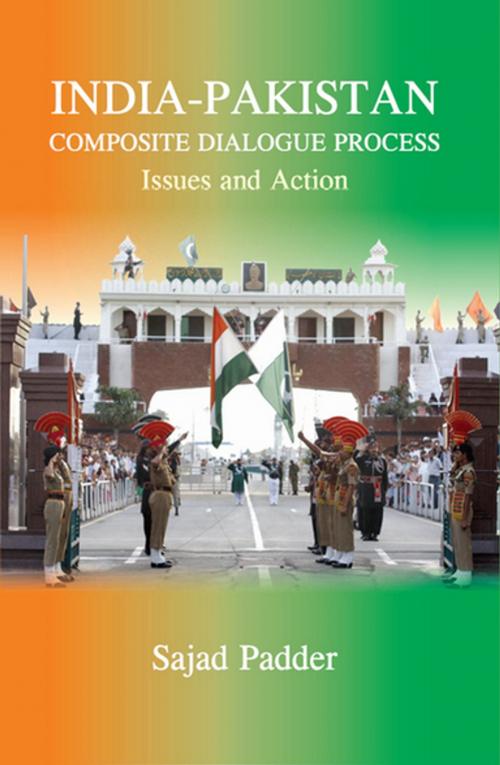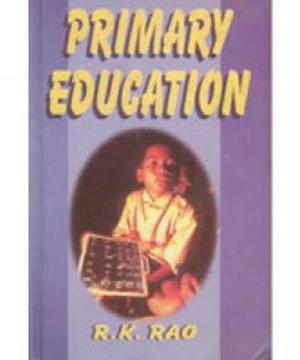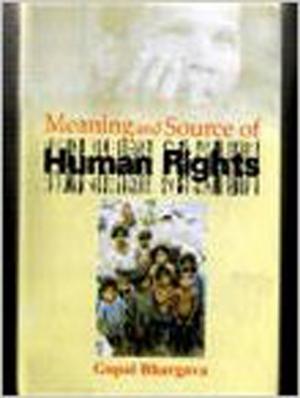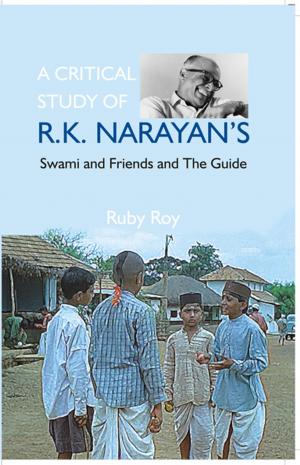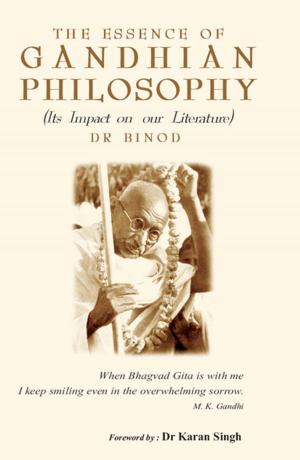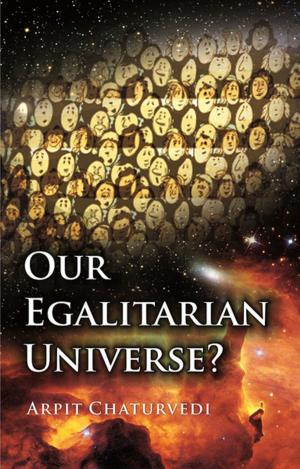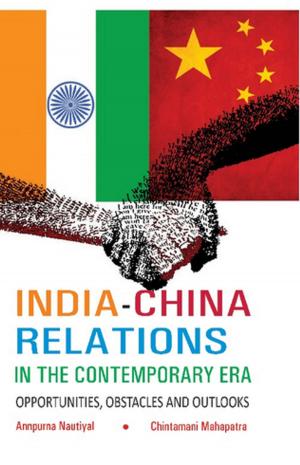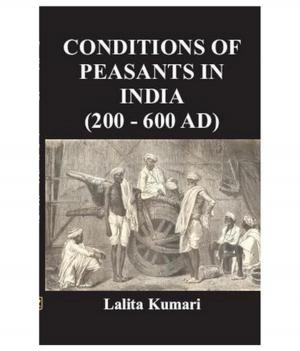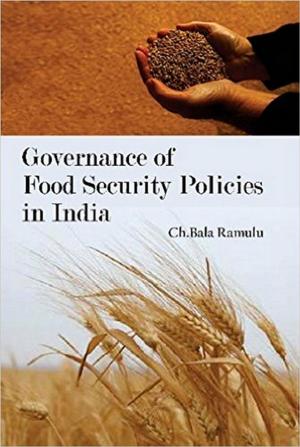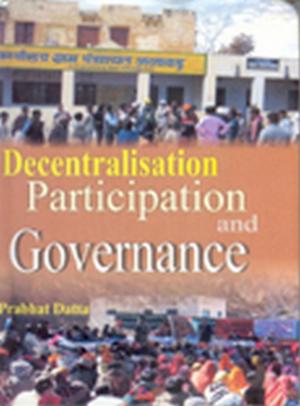India-Pakistan Composite Dialogue Process
Issues and Action
Nonfiction, Social & Cultural Studies, Political Science, International, Treaties| Author: | Sajad Padder | ISBN: | 9789351289012 |
| Publisher: | Kalpaz Publications | Publication: | June 30, 2015 |
| Imprint: | Kalpaz Publications | Language: | English |
| Author: | Sajad Padder |
| ISBN: | 9789351289012 |
| Publisher: | Kalpaz Publications |
| Publication: | June 30, 2015 |
| Imprint: | Kalpaz Publications |
| Language: | English |
India and Pakistan started the Composite Dialogue Process (CDP) in 1997 when at Male, the capital of the Maldives, the then Indian Prime Minister Inder Kumar Gujral and his Pakistani counterpart Nawaz Sharif proposed the idea of a structured dialogue. Initially the dialogue process became the casualty of the 1999 Kargil war and the subsequent attack on the Indian Parliament in 2001.However, since April 2003 it has progressed steadily till the November 26, 2008 Mumbai terror attacks when the dialogue process was suspended for a long time. This book dwells upon the history of the peace process since its inception in 1997 and examines the progress made in the eight baskets of issues namely, Peace and Security including Confidence Building Measures (CBMs); Jammu and Kashmir (J&K); Siachen; Wullar Barrage/Tulbul Navigation Project; Sir Creek; Economic and Commercial Cooperation; Terrorism and Drug Trafficking; and, Promotion of Friendly Exchanges in Various Fields. Amongst the major achievements of Composite Dialogue can be cited a number of Confidence Building Measures related to peace and security; enhanced people to people contacts through bus and train services; continuation of ceasefire along the LoC since 2003; setting up of the Judicial Committee to look into the humanitarian issue of civilian prisoners/fishermen held in each other's jails and substantial growth on the trade front.
India and Pakistan started the Composite Dialogue Process (CDP) in 1997 when at Male, the capital of the Maldives, the then Indian Prime Minister Inder Kumar Gujral and his Pakistani counterpart Nawaz Sharif proposed the idea of a structured dialogue. Initially the dialogue process became the casualty of the 1999 Kargil war and the subsequent attack on the Indian Parliament in 2001.However, since April 2003 it has progressed steadily till the November 26, 2008 Mumbai terror attacks when the dialogue process was suspended for a long time. This book dwells upon the history of the peace process since its inception in 1997 and examines the progress made in the eight baskets of issues namely, Peace and Security including Confidence Building Measures (CBMs); Jammu and Kashmir (J&K); Siachen; Wullar Barrage/Tulbul Navigation Project; Sir Creek; Economic and Commercial Cooperation; Terrorism and Drug Trafficking; and, Promotion of Friendly Exchanges in Various Fields. Amongst the major achievements of Composite Dialogue can be cited a number of Confidence Building Measures related to peace and security; enhanced people to people contacts through bus and train services; continuation of ceasefire along the LoC since 2003; setting up of the Judicial Committee to look into the humanitarian issue of civilian prisoners/fishermen held in each other's jails and substantial growth on the trade front.
